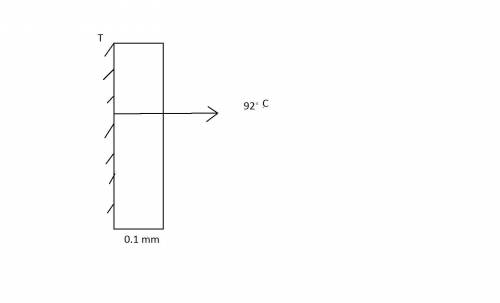
Physics, 25.09.2019 04:20 doralisaponte79851
Aplane wall of thickness 0.1 mm and thermal conductivity 25 w/m k having uniform volumetric heat generation of 0.3 mw/m3 is insulated on one side, while the other side is exposed to a fluid at 92 oc. the convection heat transfer coefficient between the wall and the fluid is 500 w/m2 k. determine the maximum temperature in the wall.

Answers: 2


Other questions on the subject: Physics

Physics, 22.06.2019 04:50, jojoblue2004
Unpolarized light whose intensity is 1.19 w/ is incident on a polarizer. (a) what is the intensity of the light leaving the polarizer? (b) if the analyzer is set at an angle of = 41.0∘ with respect to the polarizer, what is the intensity of the light that reaches the photocell?
Answers: 1

Physics, 22.06.2019 05:30, kenisonpaigebosma
Can anybody me with this? ? (picture included.)
Answers: 1


Physics, 22.06.2019 16:40, jcblake
Beryl states that insulation with the smallest possible thermal conductivity is best to keep a house warm in winter, but worst for keeping a house cool in summer. sapphire insists the reverse is true: low thermal conductivity is good in the summer, but bad in the winter. which one, if either is correct? a. beryl, because low thermal conductivity results in low heat transfer. b. beryl, because low thermal conductivity results in high heat transfer. d. sapphire, because low thermal conductivity results in high heat transfer. e. neither, because low heat transfer is desirable both in summer and in winter.
Answers: 2
You know the right answer?
Aplane wall of thickness 0.1 mm and thermal conductivity 25 w/m k having uniform volumetric heat gen...
Questions in other subjects:

Mathematics, 20.09.2020 16:01

Health, 20.09.2020 16:01



Mathematics, 20.09.2020 16:01



Biology, 20.09.2020 16:01













